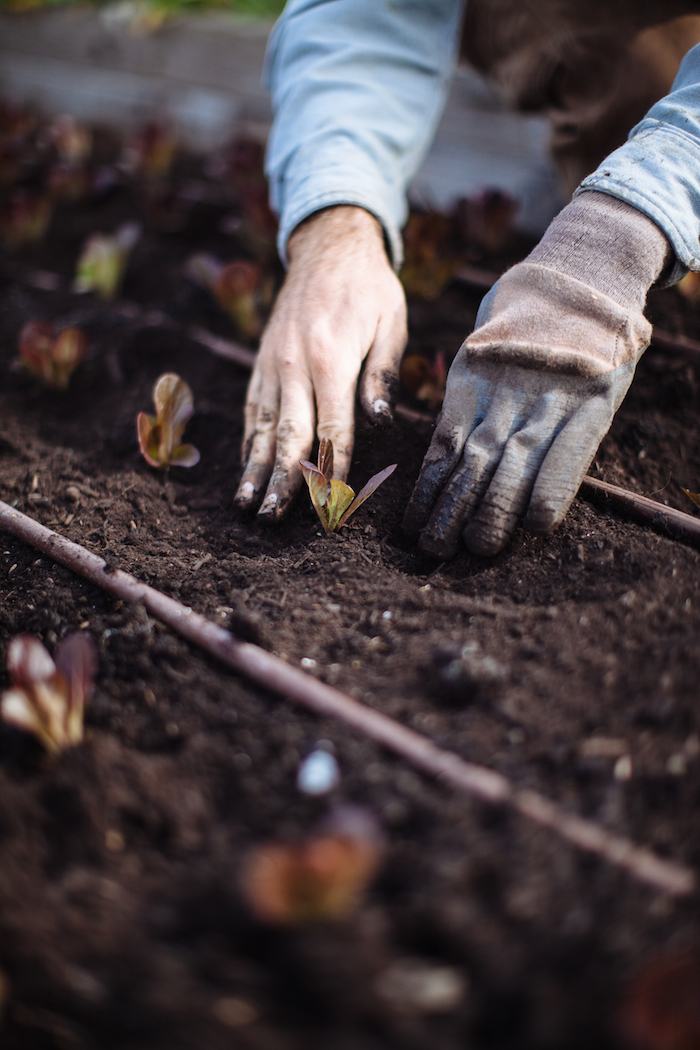With Sonoma Compost’s imminent closure, clamoring for waste in our backyards.
Feedlots, otherwise known as Confined Animal Feeding Operations (CAFOs), are agricultural systems defined not simply by how many animals are crammed into one place, but by how energy and nutrients flow only inone direction.
Unlike the pasture-based family farms that we in the North Bay pride ourselves on, CAFOs don’t rely on the natural cycles of rain, soil, grass, and animals, but on fertilizer shipped from synthetic nitrogen factories to vast corn fields that, in turn, ship that corn to equally massive feedlots, where cattle themselves have been shipped for fattening. From there, the meat is shipped to distribution centers, only to be shipped to fast food chains and consumed by people who then toss away the wrapper, the bag, maybe even the remnants of a burger—all of which gets gathered, shipped one last time, and shoved under a mountain.
The way Singing Frogs Farm co-owner Paul Kaiser sees it, the late May decision to close down Sonoma Compost brings our North Bay community one step closer to becoming its own CAFO. But rather than feedlots, it’s cities; rather than cows, it’s humans.
Despite our reputation as a farm-to-table mecca, our county imports the vast majority of its food. And now we’re preparing to export the vast majority of our organic waste. In one way, out the other.
In contrast, the establishment of Sonoma Compost in 1993 helped to close that loop, prompting a huge leap in our county’s sustainability, simultaneously cutting waste while promoting local food production.
But starting this June, that all changed. Trucks are departing piled high with the same green waste that, just weeks earlier, we were busy transforming into fertile black gold—over 100,000 tons of yard and kitchen scraps each year—en route instead to other counties. Where once the finest organic food emerged from our otherwise unwanted rubbish, our “waste” will once again be seen as a burden, to be rid of, no matter the cost, economically and environmentally.
Will we just outsource our environmental harm? Paul Kaiser
The tragic irony? The allegation that ultimately shut down this decades-old operation was founded on environmental grounds, incidents of leakage into nearby Stemple Creek. And despite a comprehensive plan officially approved by the Sonoma County Water Agency to mitigate future risks in addition to a proposal to drastically reduce production until a new site could be found, the order from our county leaders was clear: No trace of the operation is to remain by Oct. 15, 2015.
“Will we just outsource environmental harm?” Kaiser wonders. To him, Sonoma Compost stood as a keystone species in the ecosystem that is our community.
“I grow a carrot,” Kaiser explains, “my customer eats that carrot and throws the top in their green municipal bin. That wastes gets composted. I buy it back and grow more carrots. Yes, there were issues that needed rectified, but it’s our responsibility as a community to address them, while also assuring that we keep this vital resource alive.”
But our trash is now on its way to another county, and our already cash-strapped farmers will soon begin paying more for imported compost. While Kaiser plans to ramp up his own on-farm composting system, those “local” carrots you see at the farmers market might soon be growing in foreign soil.
In the lead-up to this tragedy, over 3,000 people signed a petition and several dozen more appeared at public hearings, all proclaiming that local compost is vital for our farmers, gardeners, and viticulturists; for our local food economy; for our drought-stricken earth and carbon-leaching soil; for our atmosphere tainted by the fumes of trucks leaving our county; and that an outhaul service will cost taxpayers millions—money that, like our waste, will leave our local economy.
“The barriers to rebuilding a new composting facility are enormous,” says Pam Davis, general manager at Sonoma Compost. Between the permits, environmental assessments, construction, contracts, and bureaucracy among the Waste Management Agency, County Supervisors, city policy-makers, and others, Davis says, “If we see a new facility is up and running within the next few years, it’ll be a miracle. We’re ready to do everything we can to protect our waterways, but this lawsuit was never about water quality. Litigation had begun long before any mention of Stemple Creek.”
A second site has been identified as a viable location. County leaders assure that solutions will be found for the future. But once again, rumors have it that property owners there, adjacent to that second site, have likewise vowed any and all legal action to prevent its construction. Seems that no one wants to live near the dump.
Whether it’s food, flowers, or wine, Sonoma County takes pride in its bounty. But that pride should be derived from where that bounty comes from and where it ends up. Our greatest triumph will be won not with litigation and outsourcing our “problems”—and waste is not a problem but rather, a fact—but with local innovation, leadership for the future, and a proud responsibility that comes from bountifully managing our own surplus and supporting local food production.
Wouldn’t you prefer that your county not function like a feedlot? It’s high time we find a new slogan: Yes, In My Backyard!
Article Resources:
Evan Wiig is the executive director of the Farmers Guild, farmersguild.org.


